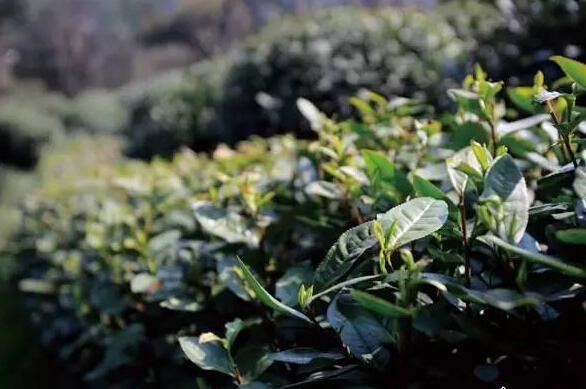
Before the end of the Jingzhe solar term,
spring tea has already appeared in the West Lake Longjing tea area,
and the monitoring and recording efforts of our team have intensified.
Frequently interacting with tea farmers and roasters,
we often hear the terms 'first flush tea' and 'early spring tea,'
which might confuse some tea enthusiasts.
What's the difference between these two terms?
Simple definitions:
First flush tea: The first harvest of tea leaves each year;
Early spring tea: The first batch of tea collected in spring.
These terms are defined based on agricultural practices and the sequence of tea picking, similar to concepts like 'pre-Qingming tea' and 'pre-rain tea,' but with finer distinctions.
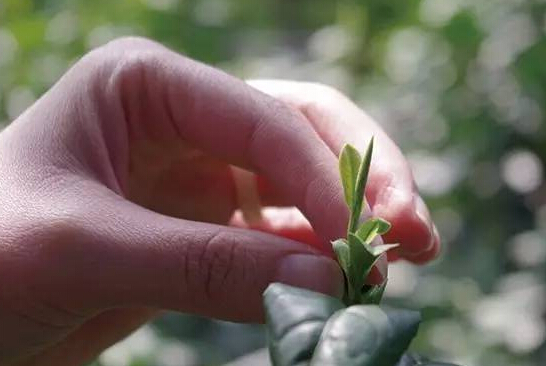
Harvesting time
Even for first flush tea, the picking time varies by tea type.
The harvesting period for green tea is generally from February to April.
For example:
◇ Hainan Baisha green tea is available as early as late January or early February (harvested year-round from December to late October);
◇ Wenzhou Wuniuzao tea begins harvesting in mid-to-late February, often confused with West Lake Longjing due to their similar appearance;
◇ Fuding white tea is typically harvested in early March (earlier than Zhenghe white tea);
◇ In the Jiangnan tea region (centered around Anhui, Zhejiang, and Jiangsu), early-budding varieties can be picked by mid-March, but the finest green teas here are mostly not from early-budding varieties. Their sprouting is heavily influenced by weather, and the best native varieties usually aren't ready until late March or early April.
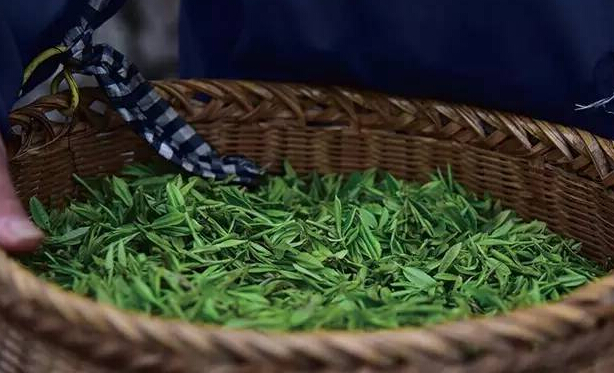
Taking West Lake Longjing as an example, the most flavorful tea comes from the one bud with one or two leaves of the Qunzhong variety, not early-budding types. The best picking time is around late March to early April, when the leaves are richest in substance and flavor.
◇ In the Jiangbei tea region, harvesting often begins around Qingming, while high-altitude tea regions start even later.
◇ In Yunnan, the dry season transitions to the rainy season around April or May. Tea produced from March onward is broadly categorized as spring tea, while tea made during the rainy season is considered summer tea.
Characteristics of spring tea
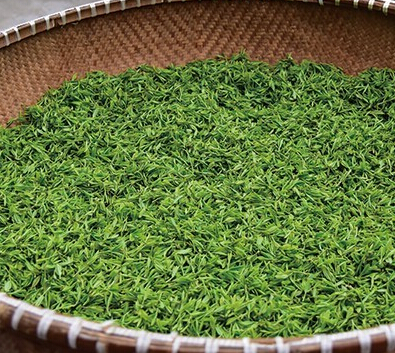
Spring tea generally consists of new shoots grown from overwintering buds. These buds, after dormancy and development through winter and spring, contain abundant organic matter when they sprout. The large temperature difference between day and night in spring also means photosynthesis outweighs respiration, resulting in low crude fiber content, tender shoots, and fewer pests. These factors form the material basis for the superior quality of spring tea. As early as the Tang Dynasty, 'pre-Qingming tea' was recorded as a tribute.
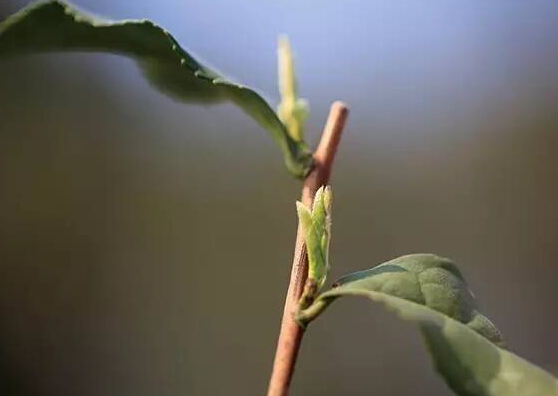
For some spring teas, Qingming is a turning point—the taste before and after differs significantly. Against this centuries-old backdrop of taste habits and perceptions, 'the earlier the spring tea, the better' has become a heavily promoted and inflated concept in recent years.
Early spring tea is often in short supply, selling out as soon as it hits the market. Prices rise daily before Qingming and drop daily afterward, a common phenomenon in the tea industry.
The misconception of 'the earlier, the better'
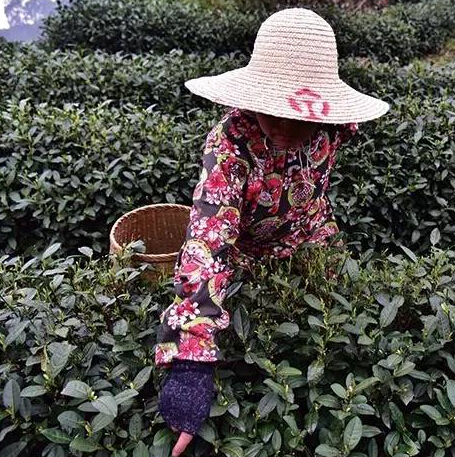
Throughout the spring tea season, the sprouting, growth, and development of tea leaves remain at a high level. In terms of quality, first flush tea is not necessarily superior to pre-Qingming or pre-rain tea.
As concepts in tea farming, 'first flush tea' and 'early spring tea' lack precise definitions. For instance, what qualifies as 'first flush'? Tea bud growth is uneven, and first harvests are often sporadic.

Moreover, traditional premium green teas have established standards for varieties and flavors, where full buds are not always the best. The distribution of compounds varies across the tea plant. Tea polyphenols and caffeine are concentrated in the first and second leaves, while amino acids are abundant in buds. Many premium green teas, like West Lake Longjing and Taiping Houkui, require one bud with two leaves, while Biluochun typically uses one bud with one newly unfolded leaf, curled like a sparrow's tongue—hence called 'sparrow tongue.' While buds are tender, the depth of flavor relies on the compounds in the leaves.
Vague concepts are easily exaggerated or misunderstood, so there's no need for excessive hype.